RICOHFLEX TLR Film Camera [Best Deals + Guide]
Original price was: $160.00.$126.00Current price is: $126.00.
The RICOHFLEX TLR Film Camera is a truly unique piece of photography equipment. With its classic design and vintage aesthetic, this traditional twin-lens reflex camera provides an experience unlike any other. Featuring two separate lenses – one for focusing and the other for viewing – you can create stunningly detailed images with impressive clarity. Plus, the built-in auto exposure and manual shutter speeds give you control over your shots like never before. Whether you’re a professional photographer or just starting out, the RICOHFLEX TLR Film Camera is sure to get you the results you’re looking for.
This reliable camera has been crafted from durable materials, so it will stand up to years of use in harsh conditions. The adjustable focus settings make it easy to capture different subjects from far away or close up – perfect for landscapes, portraits, candid street photography and more.
Whether you’re new to photography or a seasoned pro looking for an upgrade, the RICOHFLEX TLR Film Camera provides exceptional performance at an unbeatable price point. With its vintage style charm and modern technology, this camera is sure to be your go-to companion no matter where your adventures take you!
A Guide to the Ricohflex TLR Information
In the 1950s, Ricoh produced a line of Twin Lens Reflex Cameras that were quite popular. There were two primary lines: the first was a series of low-priced TLRs that were fabricated from stamped metal component pieces; the second was a series of high-priced TLRs. The geared focusing rings on these cameras are a telltale sign of their identity. Ricoh was able to sell an extremely high quantity of these. The Ricohflex "Diamond" Series of TLR cameras was the other line of TLRs. It was introduced in the middle of the 1950s as an attempt to compete with the Yashicaflex line of TLRs. The "Dia" and "Diacord" names were also used to refer to the cameras in the Diamond series. "Diacord" was the name given to the Diamond camera that was exported outside of Japan. This name was an abbreviation of Diamond and an acknowledgment to the Rolleicord series of cameras, which was the most popular selling camera series. The cameras that Ricoh offers as part of its Diamond Series are outlined in the table that can be found below. The information was gathered from Ricoh's website in Japan. When I read that the first three models each had a Rikenon lens with three elements, I was taken aback because I had always assumed that they were all Tessar lenses with four elements each. Another thing that takes some getting used to is the fact that the Ricohflex Diamond L model is the only one that has a viewing lens with an F3.2 aperture, while the other models all have viewing lenses with an F3.5 aperture. In conclusion, the table demonstrates that a large number of models were produced in a relatively short amount of time (1955-1959), and I have seen some versions that have variations that are not listed in the table. I'm going to guess that these hybrids are transitional models.
An In-Depth Analysis of Ricohflex
This very straightforward and lightweight twin-lens reflex camera is a lot of fun to shoot with. For a quite inexpensive camera, it takes great pictures. The quality of the lens appears to be satisfactory, as the images are sharp with only a slight amount of blurriness and vignetting in the corners. The focusing screen has a decent amount of brightness, and the magnifier that can be flipped up makes focusing very simple. Some people don't like using the gear that focuses on the front element of the lenses, and maybe it's not as convenient as a focus knob on the side of the camera, but I don't mind it – and it makes for a lighter and simpler camera. I don't mind using the gear that focuses on the front element of the lenses.
A few numbers:
Introduced in 1956, production continued into the 1960s (I believe I determined that mine was made in the '50s, but I don't remember how I determined that; the year of introduction was 1956).
Riken Optical Industries' product, manufactured in Japan (Ricoh)
There is no need to respool the film onto older 620 spools because 120 film is readily available.
6cm x 6cm image
Front element gear focus lenses
1:3.5/8cm Ricoh Anastigmat lens
1/10 to 1/200 sec (plus B) Riken shutter
No light meterKnob for manually winding the film, no autostop
The shutter is cocked and fired by a single lever located under the bottom lens.
There were multiple models available, the majority of which had a shutter speed ranging from 1/10 to 1/200 seconds (just like mine), but one model had a shutter speed ranging from 1 second to 1/500 seconds, which is desirable. In addition, some of them came with an autostop film advance knob, while others allowed for its later addition, which was another option. Through the red window that is located on the back of my camera, you will need to keep an eye out for the numbers that are printed on the film backing. You'll be able to tell if it has an auto-stop feature by looking at the winding knob; if it has an auto-stop feature, it will protrude further and have an elongated unit underneath it.
The Super Ricohflex has a unique film holder that can be dropped in, just like an old box camera would. I am not aware of any other TLR cameras that include this feature. It doesn't really make a difference; loading film can be done just as easily with either format, but if you want to use 35mm film, you'll need to replace it with a special insert designed for that format. For the life of me, I just can't fathom why anyone would want to shoot 35mm film in a TLR camera, but I've noticed that the versions of these cameras that include these inserts tend to fetch a higher price on eBay. The design of the insert makes it possible for the camera to only open on the back, in contrast to the majority of TLRs, which have openings on both the back and the bottom. This may have enabled the manufacturer to make the camera a little bit more compact and lighter.
I paid $36 for mine to be purchased on eBay. It was a fun project to take apart the camera and figure out exactly how this very basic camera works, despite the fact that the camera required some maintenance work. It is not difficult at all to disassemble and repair this camera. You can remove the front panel of the camera, which provides you with convenient access to the lenses and the mechanism that controls the shutter. Because the lower 'taking' lens on mine was completely frozen and wouldn't turn to focus (which is a very common problem with these), I had to rig up some clamps and apply heat to soften the old grease that had hardened, which allowed me to get it moving again. Additionally, the slow-speed shutter mechanism had a loose two-part gear that was preventing the slower shutter speeds from functioning properly. I won't go into the specifics of that repair because I don't believe anyone else will run into the same issue that needs fixing.
Adjusting the focus without inadvertently changing the shutter speed or aperture setting is something that requires a little bit of practice. Because both of those settings are located right on the outside edge of the lower lens and because you focus by turning the front gear element on the lens, it is simple to adjust those settings when focusing with the lower lens. This is especially true when shooting in the winter with gloves on because it makes it easier to adjust those settings. I was able to solve this issue by employing the top lens gear whenever I focused the lens.
Take note, if you are going to buy something on eBay:
Be sure to ask the vendor whether or not the lenses focus smoothly with a turn of the barrel. It is impossible to turn the lenses to focus on many of them because the grease has dried up and become inaccessible. As I mentioned up top, mine was like that too, and it took some work to get it functioning properly. Simply be aware of whether or not it is functioning properly and whether or not you will need to attempt to repair it. Ask the vendor if the two lenses turn together when you turn one of them, and if they move forward and backward from the camera body as they are turned (if the lenses don't move in and out when turned, then the outer gear around the lens might be turning, but the lens itself might not be turning). If the lenses don't move forward and backward when turned, then the outer gear might be turning, but the lens itself might not be turning. You should also hope that the seller includes a photo that was taken from the side so that you can check to see if the two lens gears are aligned correctly and fit together correctly.
Additional information
| Brand | RICOH |
|---|---|
| Type | TLR |
| Model | RICOH RICOHFLEX |
| Features | Manual Program Modes |
| Focus Type | Manual |
| Country/Region of Manufacture | Japan |
| Series | RICOH RICOHFLEX |
| MPN | Body:32834, Lens:18238 |
| Bundle Description | RICONAR 8cm F3.5 |

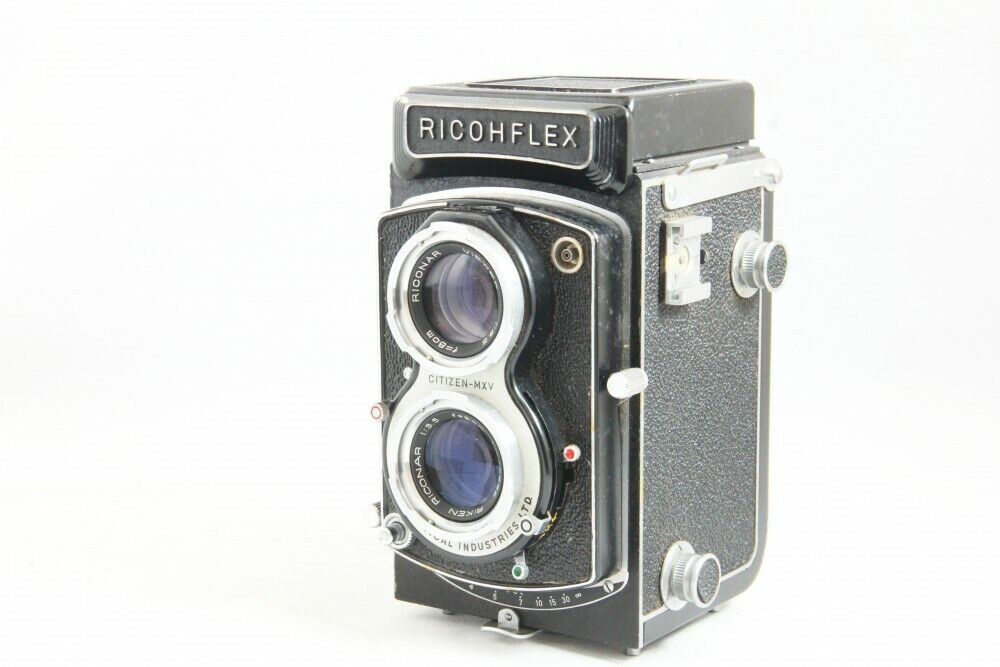
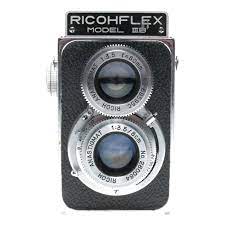

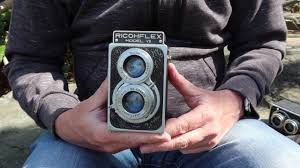
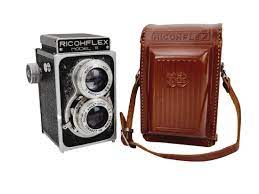
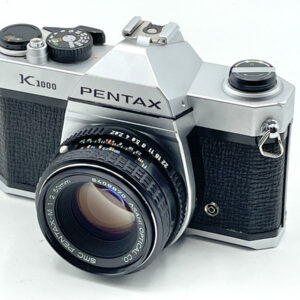
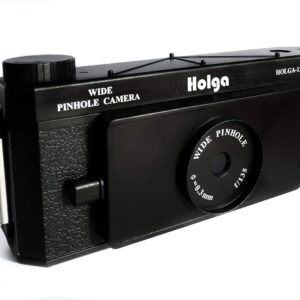
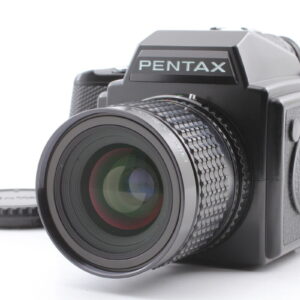
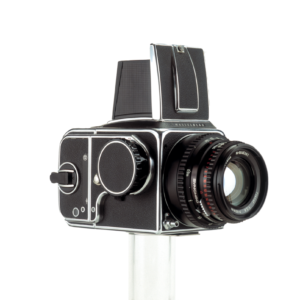
Reviews
There are no reviews yet.